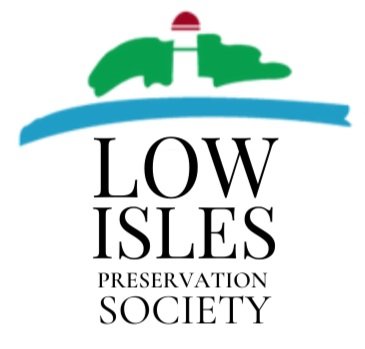Reference Herbarium.
Four folders comprising a reference herbarium of the floral species of Low and Woody Islands, have recently been returned to the Low Isles caretakers by QPWS. The folders include GPS coordinates and physical samples, and date back to 1999.
Readers may be interested in the downloadable report (below) on the Terrestrial Vegetation of Low Isles by Mary Gandini comprising a Plant List and Herbarium of Low Isles covering the period April 1999 to March 2000 prepared for the Department of Environment and Heritage, Port Douglas, and James Cook University.
The objective of the study was to record the vascular plants, and to collect over a full year a reference herbariurn of the various families, genera and species of plants growing on Low Isles.
There is also a 'seed bank' on Low Isles that dates back to a mid-90's study conducted by researchers on PIP droppings collected with the help of LIPS volunteers.
The seeds recovered that could be identified were recorded and the unidentified ones sent to a nursery in the Tablelands for germination, from which further species were named. The resulting seedlings were then used to revegetate barren areas on Low and Snapper Islands.
It would be a very interesting exercise to collect seeds on the island now and conduct a comparative study on the fruit species consumed by the PIPs when feeding in the mainland rainforests, and to update the existing database of plant species and determine any relationship between them.
LIPS is proposing to:
· Engage support to conduct a survey of current plant species on Low and Woody Islands and compare to the reference herbarium that was created 26 years ago
· Engage support to collect and identify the content of PIP droppings and compare to the study that was conducted as a pilot in 1994 and formalised in 1997/8 as the PIP Diet Project. Using the same methodology any unidentified seeds would be germinated into seedlings to determine species
· Compare the two studies to determine how much of the island vegetation is a consequence of bird transfer
If you would like to get involved in this future project, please be in touch with us!
